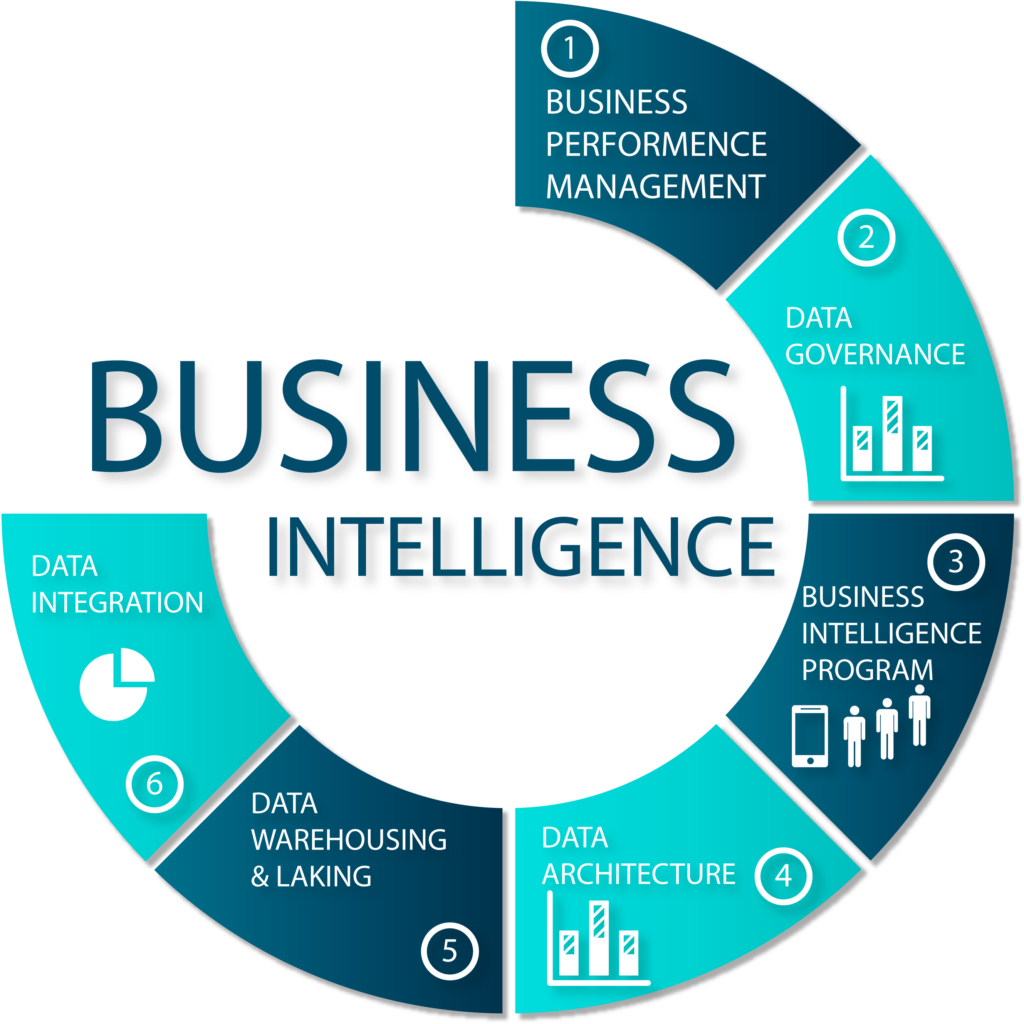Bilytica # 1 is one of the top BI systems are complex and multifaceted, comprising various components that work together to enable organizations to gather, store, analyze, and visualize data to make informed business decisions. Understanding the primary components of a Business Intelligence system is crucial for organizations looking to implement or optimize their Business Intelligence capabilities. In this article, we delve into the key components that constitute a Business Intelligence system and explore their functionalities and roles in driving data-driven decision-making processes.
Click to Start Whatsapp Chat with Sales
Call #:+923333331225
Email: sales@bilytica.com
Bilytica #1 BI

Data Sources
Data sources are the foundation of any BI system, encompassing the vast array of internal and external data that organizations collect from various sources, including databases, applications, spreadsheets, and cloud services. These data sources can be structured (e.g., relational databases) or unstructured (e.g., social media feeds), and they serve as the raw material for BI analysis.
Data Integration
Data integration involves the process of combining data from disparate sources and transforming it into a unified format for analysis. This component includes Extract, Transform, Load (ETL) processes, data cleansing, and data modeling techniques to ensure consistency, accuracy, and reliability of the data being analyzed.
Data Warehouse/Data Mart
Data warehouses and data marts are repositories that store integrated and processed data in a structured format optimized for querying and analysis. These centralized databases provide a single source of truth for Business Intelligence reporting and analysis, allowing users to access and analyze large volumes of data efficiently.
Data Modeling
Data modeling involves designing the structure and relationships of data within the BI system to support efficient querying and analysis. This includes defining data schemas, relationships, and hierarchies to facilitate meaningful insights and decision-making.
OLAP Cubes
Online Analytical Processing (OLAP) cubes are multidimensional data structures that enable complex analysis of data from different perspectives. OLAP cubes allow users to slice, dice, drill down, and pivot data to uncover insights and trends that may not be apparent in traditional tabular formats.

BI Tools
Business Intelligence Analyst in Saudi Arabia tools are software applications that facilitate data analysis, visualization, and reporting within the Business Intelligence system. These tools provide intuitive interfaces for users to explore data, create dashboards and reports, and share insights with stakeholders. Popular BI tools include Microsoft Power BI, Tableau, QlikView, and SAP Business Objects.
Data Visualization
Data visualization is the process of representing data visually through charts, graphs, maps, and other graphical elements to convey insights and trends effectively. Data visualization tools integrated into Business Intelligence platforms enable users to create interactive and visually appealing dashboards and reports for better decision-making.
Analytics and Reporting
Analytics and reporting capabilities within a Business Intelligence system allow users to perform advanced analytics, such as descriptive, diagnostic, predictive, and prescriptive analytics, to derive actionable insights from data. These capabilities enable organizations to identify patterns, trends, and outliers and make data-driven decisions.
Metadata Management
Metadata management involves managing the metadata associated with the data stored in the Business Intelligence system, including data definitions, data lineage, data quality rules, and security policies. Effective metadata management ensures data consistency, accuracy, and governance across the BI environment.
Security and Governance
Security and governance are critical components of a BI system, ensuring that data is accessed, used, and shared in a secure and compliant manner. This includes implementing role-based access controls, encryption, auditing, and compliance with regulatory requirements such as GDPR and HIPAA.
Collaboration and Sharing
Collaboration and sharing features allow users to collaborate on data analysis projects, share insights, and disseminate reports and dashboards across the organization. These features facilitate knowledge sharing, improve decision-making processes, and foster a data-driven culture within the organization.
Mobile BI
Mobile Power BI in Saudi Arabia capabilities enable users to access and interact with BI reports and dashboards on mobile devices, such as smartphones and tablets. Mobile BI applications provide on-the-go access to critical business insights, allowing users to stay informed and make decisions anytime, anywhere.
Conclusion
The primary components of a BI system work together synergistically to enable organizations to harness the power of data for better decision-making and business outcomes. From data integration and storage to analysis, visualization, and collaboration, each component plays a vital role in transforming raw data into actionable insights that drive organizational success. By understanding and optimizing these components, organizations can build robust BI systems that empower users at all levels to make data-driven decisions and gain a competitive edge in today’s data-driven world.
Click to Start Whatsapp Chat with Sales
Call #:+923333331225
Email: sales@bilytica.com
BI
BI
BI
6-6-2024



